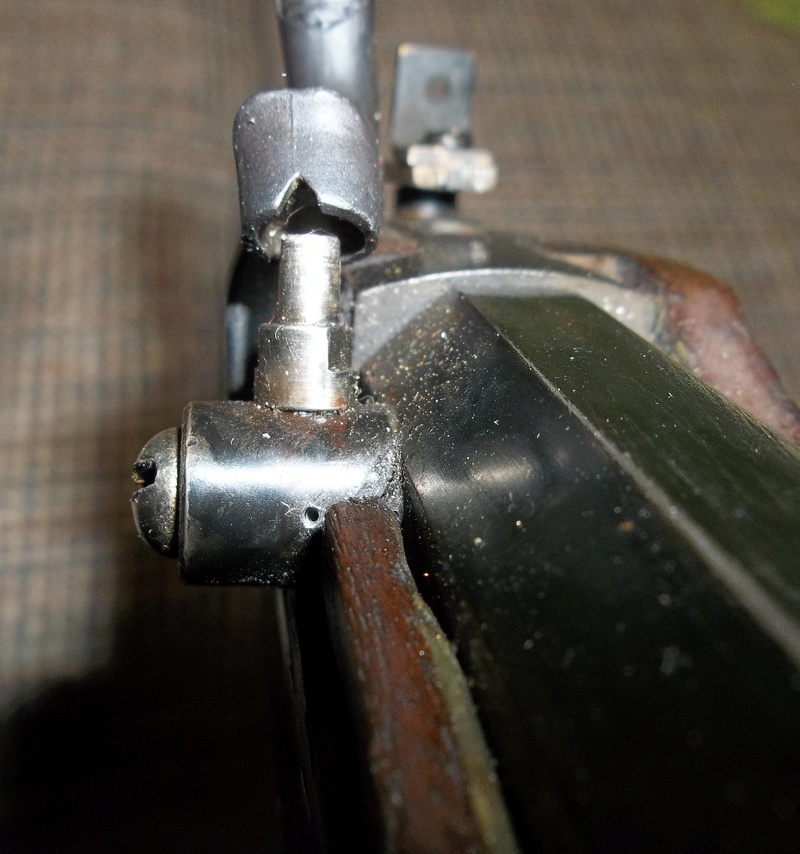I got this the other day from a fellow backwoodsman magazine reader/writer.
Use a # 50 drill bit to put a TINY hole in the FRONT of the nipple drum,
idea being any air in it would be pushed out allowing the cap fire
better access to the main powder charge rather than compressing the air
in there. It should aid in ignition. My question is would it reduce the
power of the shot any appreciable amount?
I tried it with my .50 (self made) & notice no difference & no blast out
of the hole is bothersome. Have yet to try it on my .54, my 28 gauge &
self made .439, (made it from a 43 Spanish bbl)

I personally don't see how this would in aid in anything, but open up the powder to even more air/moisture.
Another way I've seen and ready about is drilling it in front of the breech plug to let excess air out.
Im just not seeing this as a way to improve ignition, just a way to ruin a good barrel IMO. Especially when
someone has done it and said they saw zero improve.
Use a # 50 drill bit to put a TINY hole in the FRONT of the nipple drum,
idea being any air in it would be pushed out allowing the cap fire
better access to the main powder charge rather than compressing the air
in there. It should aid in ignition. My question is would it reduce the
power of the shot any appreciable amount?
I tried it with my .50 (self made) & notice no difference & no blast out
of the hole is bothersome. Have yet to try it on my .54, my 28 gauge &
self made .439, (made it from a 43 Spanish bbl)

I personally don't see how this would in aid in anything, but open up the powder to even more air/moisture.
Another way I've seen and ready about is drilling it in front of the breech plug to let excess air out.
Im just not seeing this as a way to improve ignition, just a way to ruin a good barrel IMO. Especially when
someone has done it and said they saw zero improve.





